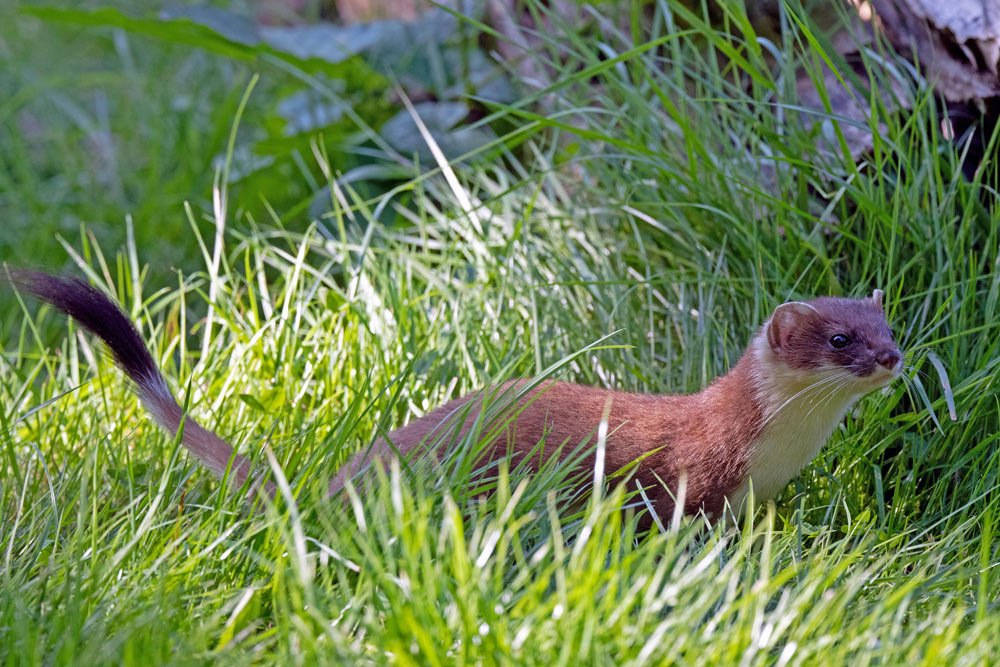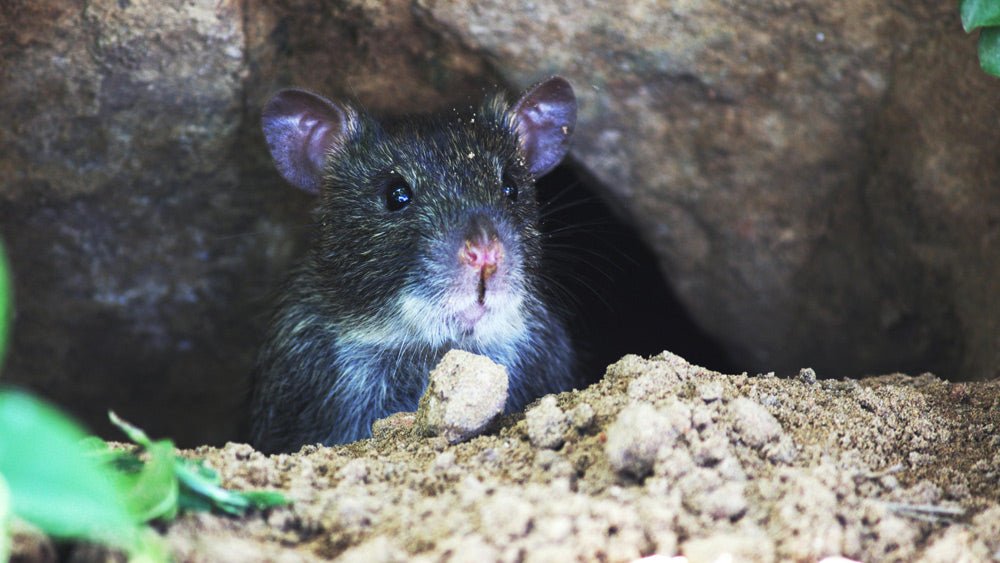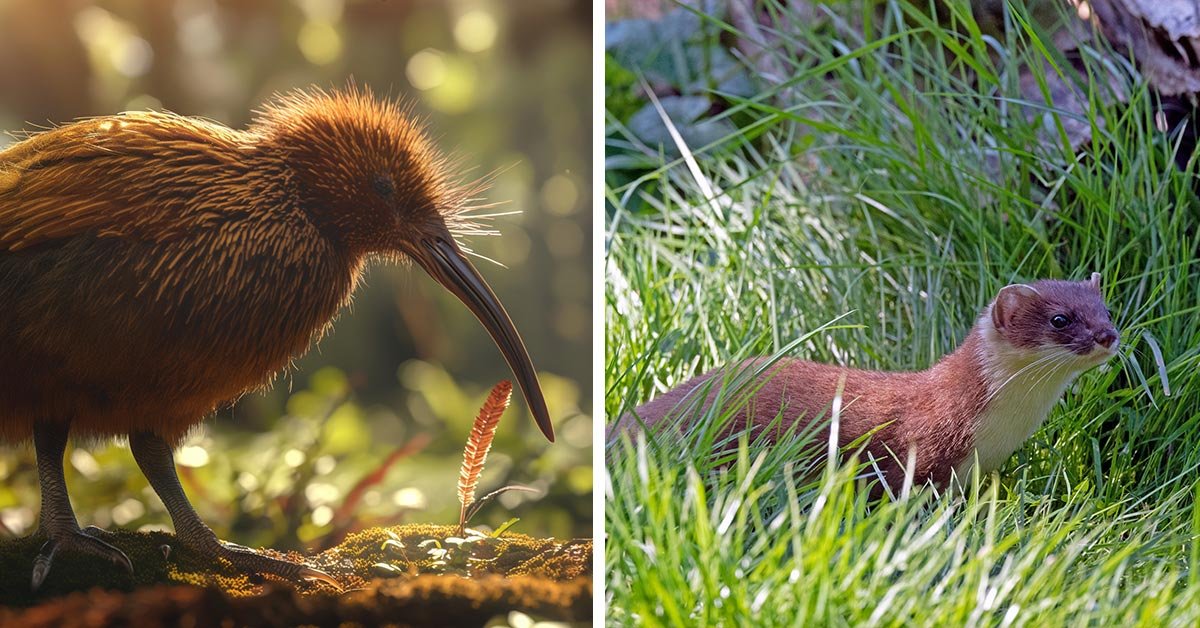New Zealand’s forests become silent without calling from its native birds. Kiwi, Takahē and Tūī are icons in the country, but their survival hangs in balance. During the past century, more than 60 bird species have disappeared, and experts warn that four out of five remaining native birds are now in danger.
The threat does not come from natural predators, but from invasive mammals brought by humans in the last 700 years. Rats, stoats, ferrets, liquids and possums now kill an estimated 25 million birds each year and push populations against collapse, reports NPR.
Invasive mammals kill millions of New Zealand’s birds annually.
The predator’s free 2050 -Vision
In 2016, New Zealand launched an ambitious plan: Remove these invasive predators by 2050. Former Prime Minister John Key called it “the most ambitious conservation project tried anywhere in the world” and compared it to a national moon image.
The campaign scale is huge. With a land area of 100,000 square miles, the extermination effort ranges mountains, wetlands, agricultural land and cities. Estimates set costs to more than $ 6 billion according to National Geographic.
Successes are already available. More than 300 offshore islands have been cleared for predators. These islands now serve as shrines for endangered beings like Kakapo, the world’s only aircraftless parrot. But the removal of predators from the mainland, where resuscitation is constant, is a much greater challenge.

Kiwi chickens rarely survive where stoats are active.
Society on the front line
The government can lead predator -free 2050, but ordinary citizens carry a lot of work. In Dunedin, students’ groups catch groups such as city belt kaitiaki -trap rats and possums along with planting trees to recover habitat.
“Although sometimes a bit rough, it is actually quite a ethical thing because it is easy if you kill something that causes a problem instead of letting them kill everything else,” 13-year-old volunteer Mila McKenzie told NPR.
The trappers backyard is also crucial. James McCarthy from Whakatāne controls traps daily and has already killed more than 100 invasive animals around his neighborhood.
“What we noticed here was that the birds started to return,” he told NPR.
All over the country, thousands of citizens are involved in similar efforts.

Predator Free 2050 aims to eliminate the most important invasive species nationwide.
Technology and ethics
Traditional traps and toxins are complemented by new innovations. Self -protective traps can kill several predators on a night without frequent human service. Artificial intelligence cameras are tested to identify species before triggering traps. A rat-specific toxin called norbormide could reduce safety damage and only target rodents. These breakthroughs can accelerate progress towards 2050 according to National Geographic.
Still, the mission raises ethical questions. Jane Goodall has criticized the program for using toxins causing “intense suffering and annoying deaths.” Ngaio Beausoleil of Massey University claims the nation has “an ethical obligation to do the best you can” for predators while still protecting prey animals. Others emphasize that the presence of the predator in itself is a man -made injustice and that inaction would mean continued slaughter of native birds.

Ethical debates focus on the welfare and prey of predators.
A nation determined
The effort combines science, politics and social measures. Māori-led projects such as Tu Mai Taonga hit the mission as a guardianship, restores balance in the natural world and honor native species as ancestors.
“They were here ahead of us,” project manager Marilyn Davies-Stepens told National Geographic.
Currently, Predator Free 2050 is a long shot. But the effort is clear. Without intervention, most of New Zealand’s native birds can disappear within generations.
As Brent Beave from the Department of Conservation told NPR: “If we don’t intervene, we kill our native wildlife by omission.”
